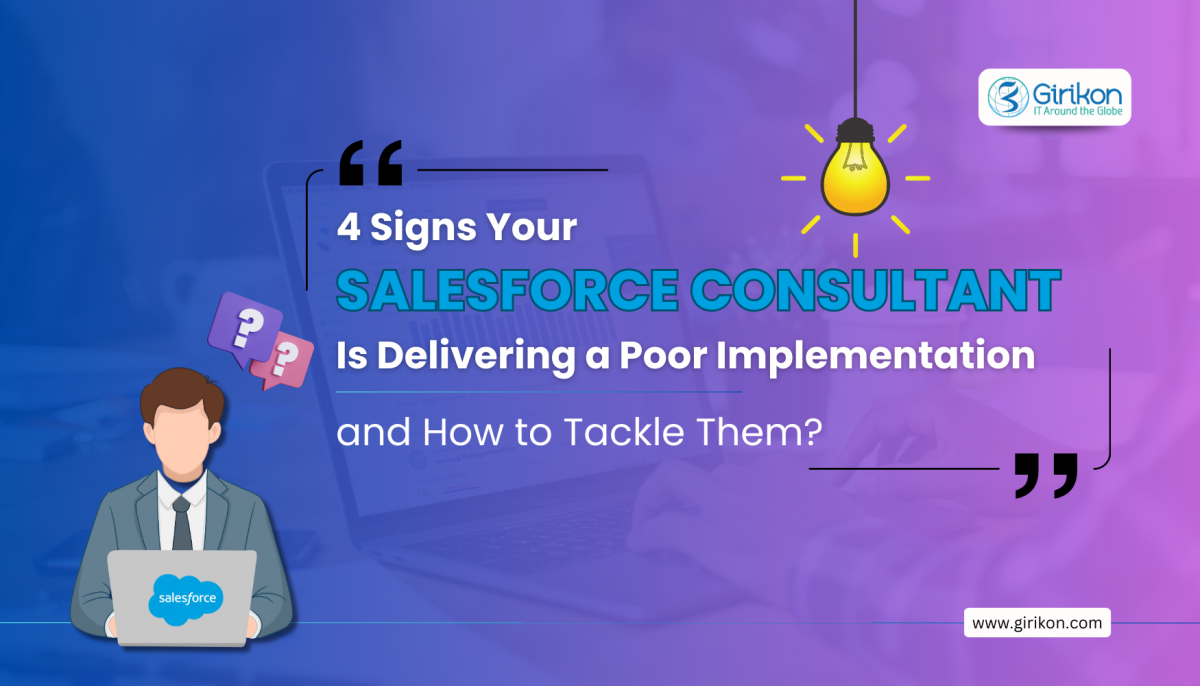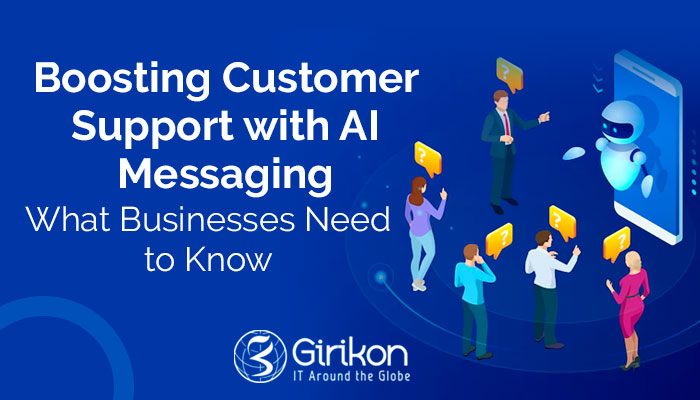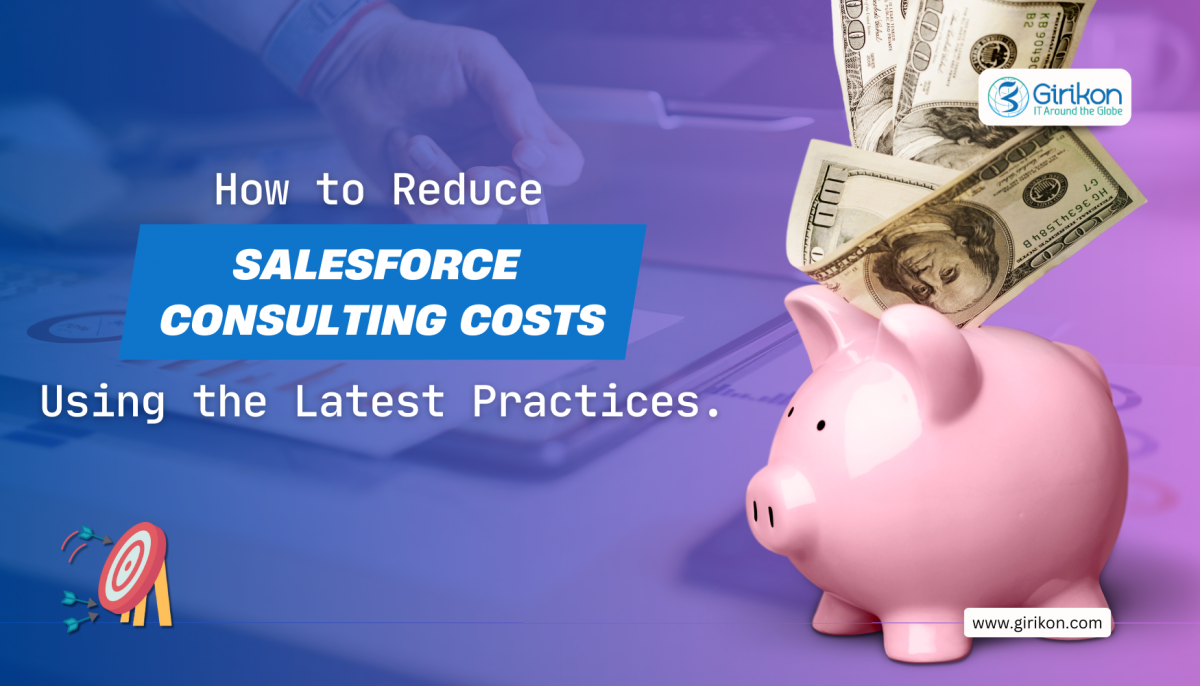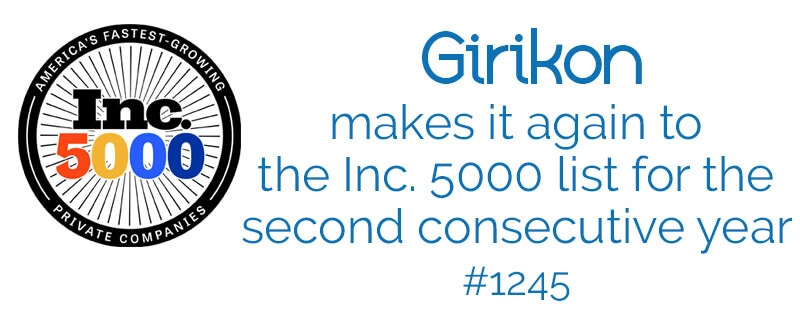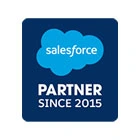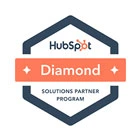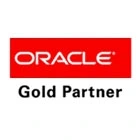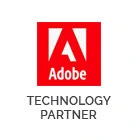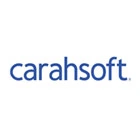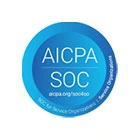There is a general consensus in higher education that institutions of nearly all types and sizes need to improve persistence and completion rates. While there have been slight improvements in recent years, data indicates that only half of the students complete degrees at the institution at which they start. Studies have suggested that many students complete their degrees at other institutions, taking completion to about 62%. Student departure remains a mystery for most educational leaders. They feel a compelling need to understand and fix the causes of attrition.
There is no shortage of knowledge or reference on what works in student retention. Given all that, it is surprising that rates have only gradually improved. This could be for two reasons. First, institutions are flooded with data points and may not be able to identify the ones that must be tracked or which ones help would explain the persistence patterns of their students. Second, we may lack the connections between institutional supports and students who need them to see if we are truly doing something about it.
Organize the Data Points with a Model
Student success models can be helpful for educational leaders who wish to identify the key aspects associated with student success, persistence and completion. While there are many models to choose from, one of the most talked about is Tinto’s “Theory of Student Departure”. The model helps track the student lifecycle and identifies areas where both student and college attributes can impact the decision to stay in or leave an educational program.
Tinto’s model, when analysed and condensed, suggests that there are five key areas where students may encounter challenges that disrupt their educational careers. Likewise, they may identify areas where students may have strengths that boost their success:
Academic Integration
Academic Integration in a college can be segmented into three parts: preparation, transition, and performance. These three can be connected sequentially, meaning lack of preparation can lead to a poor transition and weak ongoing performance, or they can occur in isolation, disconnected from one another. Experienced faculty and advisors probably know several cases where poorly prepared students were highly successful, well-prepared students failed, and those from both groups realized a trajectory in line with their levels of preparation.
Social Integration
Social Integration addresses the extent to which the student is able to connect with peers within the educational ecosystem. Adult learners often bond with other adults through common programs. The extent to which students have successfully bonded with their peers can be hard to read; it is not usually a one-size-fits-all model of social integration and student information systems are not typically built to collect and report the data that may be associated with this important area of student success. This aspect may also be useful when working on student faculty engagement. This form of social integration in which students feel heard, seen and accepted by faculty is important especially for under-represented groups to feel a sense of belonging at their institution.
Financial Support
Financial Support is critical to enable a student to be able to afford education at that institution.. For those who complete annual aid applications, the resulting calculations serve as a proxy for the ability to pay. The data collected for this purpose does not include factors that can help a student afford costs such as support from family or those that can hamper affordability such as need of a student to work to support a elderly dependent household. We often have a different perception of need-based aid than how students view the issue: the amount of the education bill, less the aid is the amount to be paid or financed. More often than not, it is this bottomline number that impacts students’ real or perceived ability to remain in an educational program. It can also impact the value perception of the educational experience. Is this experience worth it’s price?
Goal Clarity
Goal Clarity indicates the degree to which a student recognises why they are enrolled in certain college, and the end goal of the program being pursued. Certain institutions might assume that a chosen program or subject translates to goal clarity but data often shows that students change subjects two to three times before getting a degree.
A few of the factors that can determine whether a student may have clarity about program they have chosen are its requirements, their personal ability to meet required standards and their practical experience in that field. Faculty and advisors will spot a common situation of students feeling lost when they are unable to pursue a popular program.
Support of Family and Friends
One of the least investigated areas for measuring student persistence is the support of family. As the number of college students grows, the perception of the college experience amongst their friends and families may differ than those who come from families where college attendance is common. However, that does not mean all families don’t support of first-generation students across the board. In fact, many families place high value on college education. Having said that, there may not be an obvious relation between the program curriculum and career, time spent away from class, student services, and the potential of associated programs for providing key career skills.
Create a Framework of Indicators for Lagging
Using these five aspects of higher education as a model, it is possible to establish a data framework that measures what we know about students and their probability to continue and succeed. Lagging indicators are most commonly available data points that reflect things that have already occurred. These include grade point average (GPA), which don’t reveal student successes and struggles with certain concepts and skills. They also include the marks of courses finished in a term, unpaid fees that disallow registration for another term, abandonment of courses midway etc.
While these data may support analysis of past activities, rarely do they provide understanding of current students. For insight that is “current”, institutions need data indicators that reveal outcomes in real time.
Lagging indicator data is important. It allows the institution to conduct detailed, multi- parameter analysis to reveal student groups that may enter into high-risk situations. It may also aid in identifying remedies and support structures to support future students who may have the same characteristics. Too often, these analyses are univariate, such as GPA and one-year retention rate. Even while doing multivariate analyses, the data silos and not sufficient to form regression models with retention values high enough to explicitly establish the differences between students who continue and those who don’t. Human behaviour is complex and is driven by many factors. Consequently, analysis needs to be detailed and based on comprehensive data to allow analysts to investigate multiple factors to understand the patterns of their students.
Leading indicators allow institutions to impact persistence in real time. Awareness of a student not connecting with faculty as expected, assignments, fellow students, lets the institution to intervene and attempt to resolve the issue before the student feels isolated to a degree that compels him/her to leave. Identifying students who have pending program fees within the term, which usually happens because loans applied on parent creditworthiness, have not been approved, allows the institution to intervene and find a solution. The institution can support in bridging the gap and mitigate the stress felt by the student before it becomes overwhelming. These are but a few examples of how leading indicators can be used to impact student persistence.
Identify and Address Gaps
There is typically more data available on lagging indicators than leading indicators, which implies that we have been more attuned to collecting and using data that reflect information on something that already occurred. It must be re-iterated that lagging indicators are help in analysing patterns and suggest interventions for future students. There is far less data available and used as leading indicators, however, and this implies an emerging area of practice that demands more attention.
Analyses need to have robust and comprehensive data, yet those tend to exist in various systems/data silos. Institutions that have data warehouses are one step ahead; identifying the important data and extracting them from those systems may still be a challenge, even with solutions in place. Many other institutions that lack these data tools find themselves wishing for better insights and tools to help them collect, assemble and analyze their data. Certain areas suggest polls or surveys. While there are a number of solutions available today, these can also have limitations.
One of these is the timing of offering a survey to new or current students, when receive the data back and place those into the hands of those who need it (especially advisors). Some of these instruments allow comparisons of student responses at your institution to others, which can be helpful, but that may be outweighed by the timing, where these data then become lagging, not leading, indicators. Short polls, such as those that ask students to rate how they are doing that day with facial emojis, may capture those who are feeling overwhelmed. Longer polls, that tease out the nuances of family and friend support, shouldn’t exceed 10 questions and five would likely increase response rates. Survey overload can be avoided by good planning and timely distribution of short polls and surveys.
Connect the Dots (and the Data)
Collecting, assembling, analyzing and acting upon a robust dataset is an evolutionary process. Institutions should start with what they have and gradually augment and enhance their data and its usage as part of a quality development process. Knowing what the desired state looks like is important to creating a strong road map toward it.
Assembling a robust set of lagging indicators means getting data from multiple systems, modules and tables in to a unified dataset. Once aggregated, data analysis and visualization should reveal the interaction of the data categories within the framework. Human behavior is often complex and more often than not the decision to stay or leave a program is a mix of multiple factors originating from various parts of that experience. And there may be outside factors as well such as childcare, work pressure etc. External factors may be harder to capture through these data collection mechanisms and may not reveal the true picture. A proper assessment of the internal factors within the control of the institution will augment the analysis and sidestep simplistic, one dimensional solutions about why students are staying/leaving.
Assembling and using a robust set of leading indicators is often a tremendous challenge at the most forward-thinking institutions. Is anyone following up to check if any student needs help on unpaid balances? Does the financial aid office, who may be equipped to discuss solutions, even know that this has occurred? Is financial stress causing the student to look for additional outside work, such that they have less time to read and complete assignments? Is the early alert system complicated to use by faculty? Do residence hall advisors have a similar alerting mechanism for issues they might spot? Who is following up on these and what data do they have that will help them facilitate an empathetic and inform conversation with the student before they make a decision to leave?
Adopting a case management methodology to understand student persistence and success has been used by institutions in first-year programs. Some of the more remarkable results have linked students to institutional resources, as well as community services and supports, in a “wrap-around” approach to student success. These approaches can only work when cases are surfaced and those empowered to act have sufficient information to meaningfully interact with the student. It requires that the information from disparate systems is brought together. Improving student outcomes also requires that the care teams and staff can see the relationship between suggesting services and resources and the student’s engagement or lack thereof. Higher education. student support has been based upon a “build it and they will come” approach, as well as an invitational approach to student referrals.
Become a part of the Innovation eco-system
Girikon is a certified Salesforce Consulting Partner with extensive Salesforce Consulting experience. Get access to experts who can help you adapt fast and achieve success. Contact us today.
Questions?
Our reps have answers.
CONTACT OUR SALESFORCE CONSULTANTS
Technology has made its way into every aspect of our lives and the higher education sector isn’t any different. Today higher education institutes irrespective of their sizes and affiliations are striving to provide superior student experience by empowering them to become forerunners of the future. While higher education institutes are utilizing innovative technology solutions to fulfill the long-lasting commitment made to every single student, yet most of these solutions leveraged by the institutes manage to partially fulfill the commitments made.
This is because the solutions utilized by these establishments are greatly siloed and thus fail to create a single perspective of the entire student journey right from admissions to student accomplishment and progression. Apart from this, increased student expectation for a more personalized and connected experience has put immense pressure on higher education institutes to provide students with a positive experience. This is where the Salesforce education cloud comes to picture.
As a cloud-based solution, the Salesforce education cloud empowers institutions to deal with most pressing challenges across their campus while drive student success across the entire life cycle i.e. from prospect to alumni. With a wide array of features, the education cloud by Salesforce has become the number one CRM for providers of higher education. Here’s what makes this platform a go-to choice CRM for higher education institutes:
Hassle-free Admission Process: This cloud solution helps institutions connect with prospective students who are seriously looking for a well-suited university and course. Institutions build brand awareness and campaigns to attract students besides leveraging the data of various applicants by maintaining a database at a single location. This not just provides a holistic view of the prospective students but also acts as a platform to provide personalized services to the students.
Convenient Student Experience: The CRM enables institutions to address specific challenges faced by students’ w.r.t to educational decisions while providing seamless service to enhance standard success. Apart from this, institutions have the option to communicate with the students via their preferred mode of communication. Finally, institutions can provide their students with access to lucrative career opportunities through the regular job posting, handling career fairs while staying connected with the alumni network.
Data Architecture: The education data architecture (EDA), which lays at the very foundation of the Salesforce education cloud enables the usage of standard objects that can be used to manage student relationships, co-curricular and more. The EDA can be customized as per the specific requirement of the institution, which further is made simpler by eliminating the need for coding. In fact, modules, custom fields, and objects, etc. can be created using a drag and drop functionality. Apart from this, EDA also updates itself on a weekly and biweekly basis and can be tailored as per the specific needs of the users through the App Exchange. It is also supported by a diverse community known as the Trailblazer community, where users collaborate and share their ideas.
Advisory Services: One of the significant benefits of using the Salesforce Education cloud is the provision of SAL (Salesforce Advisor Link) solution, which allows students to seek advice on career-related queries. Students can set up appointments with the advisors via mobile application as these appointments integrate easily with the advisors’ calendar. The CRM also integrates office management software that manages appointments and walk-ins.
Quick Wrap-up:
As an innovative platform, the Salesforce Education Cloud is equally beneficial to the institutions, students, and alumni alike. Together with a robust and useful education data architecture (EDA) and advisory link, this powerful platform stands tall among all other available education CRM system. If you are keen on implementing this cloud solution, it’s in your best interest to engage the services of a reliable Salesforce implementation partner .
Organizations rely on different data sources to capture information for making smart business decisions. A lot of the information gathered is for compliance purposes. Many organizations have discovered that they not just lack the right policies to capture the data but also lack a robust technology infrastructure to manage and understand the data.
Over the past couple of decades, Data has grown in volume and type, which has forced organizations to finally address the issue of dark data. This excessive amount of data has not just increased the storage cost but continue to remain unutilized.
What is Dark Data?
Contrary to what the name suggests, there is nothing dark in dark data neither it is scary. Organizations collect a vast amount of data to make logical decisions for their benefit but most of the collected data is never used for making a business decision, and this unutilized data is known as dark data.
Where does Dark Data come from and what is its type?
Dark data could be found in log files, data archives, website log files, emails, etc. of an organization. Data is very similar to the iceberg where the visible part is the data that is being utilized whereas the data that is submerged and is invisible is the dark data.
Dark Data is usually categorized into two different types. Let’s try and understand each type with an example
Type 1: For example, let’s take chat messages or customer emails, the content in the message can turn into dark data if the organization doesn’t extract the meaning from the message in a way that the data analysis tools can analyze it.
Type 2: The metadata which comes along with the chat message or from the customer’s emails like the time at which it was sent, sender name, receiver name, device used to send it, location, attachments (if any), etc. become dark data when the email or message gets archived.
Data for both the types reside in the databases but they are not used to derive any insights. It is stored in the database so that it can be retrieved in the future if required.
Real-Life Example
One of the restaurants of a famous food chain wanted to identify the reason behind the decreasing footfall. Any restaurant will typically try and collect feedback on the quality of food, the quantity of food, pricing, presentations, taste, ambiance, service, etc.
There is a good chance that the primary reason behind decreasing footfall in the restaurant is due to the limited or no parking facilities. Information about the limited and no parking facility was always there with the restaurant but they never used it to identify the problem. This kind of data that is available with the organizations which they never consider to look at for any query is referred to as “dark data”.
Is Dark Data available only in the unstructured data?
Dark Data can be there in both Structured Data as well as in Unstructured Data. Often unstructured data becomes dark data as organizations don’t know how to analyze the data to get the insights. However, structured data could also be a part of dark data. When data is stored in the structured format in the database but it is not being used by the organization to obtain the insights in that case stored data becomes dark data.
Problems Associated with Dark Data
Organizations often capture much more data than they are capable of. Most of the captured data stay in the dark because most organizations do not have the required tools and capabilities to process the data efficiently.
“According to IDC, organizations fail to analyze 90% of the unstructured data.”
Most organizations don’t have access to tools that can manage and utilize all the captured data. It’s being observed that most organizations want to capture as much data as they can but they don’t have enough resources to analyze all the captured data. Organizations are looking for tools that can look inside their data and can reveal insights that can provide them with a business advantage.
How can we leverage Dark Data?
Drawbacks of storing dark data are often more than their benefits. Lack of data security associated with dark data could even lead to cyber-attacks, non-compliance issues, etc.
The best way to tackle dark data is by utilizing it well. It may not be easy for most of the organization to utilize all the captured data as it requires both the considerable investment of time and the money. There are some ways with the help of which organizations can reduce/use most of their dark data.
Organizations should regularly audit their databases. They should eliminate such data points which are not useful for them this will eventually save a lot of space.
Organizations should even try to keep their data in a structured format.
Even if the business decides to dump dark data even then they should keep the data encrypted and in a secure manner.
Organizations should label their unstructured data so that it is easy for them to find in the future for analysis.
Organizations should have their data retention and data disposal policies in place so that data can be retained and disposed of with ease.
Organizations should use Artificial Intelligence tools as they have capabilities to make documents discoverable through search. AI has the ability to crawl through the data to understand and classify them automatically.
Conclusion
Dark Data represents unused opportunities that organizations are unable to utilize because of the investment and technology constraint. The investment required to deal with dark data is costly but the outcome is worth the investment made. If organizations opt to sit on the dark data and do nothing about it then it could eventually lead them to several risks like cyber-attacks. The key is to do something about the dark data rather than treating it to use fewer data.
About Girikon
Girikon is a reputed name in the IT service space with a focus on Salesforce consulting and Salesforce implementation services. Besides being a Salesforce Gold partner, the company has multiple accreditations to its credit.
Are you dealing with duplicate data?
Does your data not fall under exact match?
Are the duplicates in your data not consistent for an exact match?
Are you struggling with cleansing of different types of data duplicates?
If you have answered yes to most or all of the aforementioned questions then the solution to your problem is Fuzzy Matching. Fuzzy matching allows you to deal with the above mentioned problems easily and efficiently.
What is Data Matching?
Data Matching is the process of discovering records that refer to the same data set. When records come from multiple data sets and do not have any common key identifier, we can use data matching techniques to detect duplicate records within a single dataset.
We perform the following steps:
Standardize the dataset
Pick unique and standard attributes
Break dataset into similar sized blocks
Match and Assigning weights to the matches
Add it all up — get a TOTAL weight
What is Fuzzy matching?
Fuzzy matching allows you to identify non-exact matches of your dataset. It is the foundation of many search engine frameworks and it helps you get relevant search results even if you have a typo in your query or a different verbal tense.
There are many algorithms that can be used for fuzzy searching on text, but virtually all search engine frameworks (including bleve) use primarily the Levenshtein Distance for fuzzy string matching:
Levenshtein Distance: Also known as Edit Distance, it is the number of transformations (deletions, insertions, or substitutions) required to transform a source string into the target one. For example, if the target term is “book” and the source is “back”, you will need to change the first “o” to “a” and the second “o” to “c”, which will give us a Levenshtein Distance of 2.
Additionally, some frameworks also support the Damerau-Levenshtein distance:
Damerau-Levenshtein distance: It is an extension to Levenshtein Distance, allowing one extra operation: Transposition of two adjacent characters:
Ex: TSAR to STAR
Damerau-Levenshtein distance = 1 (Switching S and T positions cost only one operation)
Levenshtein distance = 2 (Replace S by T and T by S)
How to Use Fuzzy Matching in TALEND?
Step 1: Create an Excel “Sample Data” with 2 columns “Demo Event 1” and “Demo Event 2”.
Demo Event 1: This column contains the records on which we need to apply Fuzzy Logic.
Demo Event 2: This column contains the records that need to be compared with the Column 1 for Fuzzy match.
Step 2: In TALEND use the above Excel as input in the tfileInputExcel component and provide the same file again as input to the same component as shown in the diagram.
Step 3: In the tFuzzyMAtch component choose the following configurations as shown in the below diagram.
Step 4: In the tMap we need to choose the following column to take an output.
Demo_Events_1
MATCHING
VALUE
Step 5: Finally, you need to select an tFileOutputExcel component for the desired output.
In the final Extracted file, the Column “VALUE” shows the difference between the records and matches the records to their duplicate.
Conclusion:
In a nutshell, we can say that the use of TALEND’s Fuzzy Matching helps in ensuring the data quality of any source data against a reference data source by identifying and removing any kind of duplicity created from inconsistent data. This technique is also useful for complex data matching and data duplicate analysis.
About Girikon
Girikon is a reputed provider of high-quality IT services including but not limited to Salesforce consulting, Salesforce implementation and Salesforce support.
Are you struggling to fit your migrated data into your target Salesforce environment?
Is there a need for creating multiple fields?
Don’t want to lose the data but don’t have the fields to migrate it to?
If the answers to most or all of your questions is ‘yes’, then this article can help you achieve all the above without creating any new fields and without suffering any data loss.
Where can you use this technique?
Lack of fields on the Target as compared to the Source environment
Data model does not match between the two environments
Do not want to create new fields in the Target environment
Do not have a separate custom object to hold the data
Figure 1 Salesforce data model not matching
How to achieve this?
We will extract all the data from the source environment and insert it into the Description field of the Target environment using TALEND.
Assumptions
We have migrated the data of Productsobject (OpportunityLineItem) from Source org.into a Description field (Special_Instruction__c) of Opportunity object in Target org.
We are using Excel to extract data from Source environment and a Salesforce connection to push the data on the Target environment. We can also create a Salesforce connection for both the environments (Recommended way).
Process
Step 1: Create a Salesforce connection.
For this you need 3 parameters:
Username
Password
Security Token
Figure 2 Create a Salesforce connection
You need to enter all the credentials for the Source environment.
Note:If you are connecting to a UAT environment be sure to change the URL in the tSalesforceConnection component.
Step 2:In this step we need to extract the data from both the source files.
Figure 3 Job Design in TALEND
To achieve the above process first you need two files:
Source File:In this file you need all the Product data (Opportunity Line Item data) along with the OpportunityId
Target File:In this file you need the Opportunity Id from the Target
Step 3:In this step we need to:
Insert the two files into the tMap
Apply an inner join between the two files.
Concatenate all the product data into a single variable and add a null check to all the fields before inserting them into variables.
Insert the variable into the Opportunity field.
Figure 4 tMap Design in TALEND
In this method we have added “|” to separate the data you can choose another symbol as per your convenience.
Note: Select the same selections in the tMap as highlighted above.
Step 4: After all the description is concatenated add a tDenormalize to concatenate the records with the same Opportunity Id based on the Description field.
Step 5:In this step use a tSalesforceOutput component to update the description field for the respective opportunity.
Finally attaching the complete job for reference.
More ways to implement the above approach:
Extracting data from Salesforce rather than Excel
Using other objects like Account, Contact etc.
Pushing data into Salesforce with Excel
Merging Product Data with Billing data
Conclusion
In a nutshell, we can say that whether your migration is for small or large data, you need to process your data in an efficient way. In your data migration journey, Talend can be your partner for ensuring hassle-free migration.
About Girikon
Girikon – a global provider of quality IT services houses a team of skilled Salesforce professionals including Salesforce consultants, administrators and developers.
XML stand for Extensible Markup Language which is easy to read by human and machine both, it is saved with.xml extension and have markup symbols to describe its file contents like HTML.
XML file should be well structured and have proper opening and closing tags, it is considered as a kind of database in itself. It always start with <?xml version=”1.0″ encoding=”UTF-8″?> which contains its version and the encoding, changing the encoding will let XML to treat special character differently.
JSON stand for JavaScript Object Notation, it is language independent data format and used in exchanging data between a browser and a server. It is text based representation of structured data which is based on key-value pairs. We can convert any JSON into JavaScript and vice-verse.
Note: Before reading any file make sure it is not password protected.
I am reading below file
tFileInputXML
tFileInputXML component Reads an XML structured file row by row to split them up into fields and sends the fields as defined in the schema to the next component.
tFileInputXML component has a few basic properties that needs to be check/uncheck to process data for proper formatting.
In ‘Edit Schema’ we need add one column with type, ‘Document’. Then in ‘Loop Xpath query’ option we need provide tags within XML file, e.g “/”, a simple backslash means file will be read from beginning to end or we can also provide “/root/value” now under ‘mapping’ in “XPath query” we can provide similar “/” node value to fetch values of all tags.
tXMLMap
TXMLMap is similar to tMAP component, it is an advanced component fine-tuned for transforming and routing XML data flow (data of the Document type), especially when processing numerous XML data sources, with or without flat data to be joined.
In tMap component if we already have XML file, we can import it by right click on doc and select ‘import from XML file’ the schema will be automatically created. In this we have to set loop element, in the above image loop element is ‘value’, so iteration will happen based on ‘value’ tag.
tAdvancedFileXMLOutput
tAdvancedFileOutputXML outputs data to an XML type of file and offers an interface to deal with loop and group by elements if needed.
tAdvancedFileOutputXML can be used in place of tXMLMap. In above image ‘entidad’ column is set as loop element, so iteration will happen on this tag. ‘@id’ is called attribute which means it is sub-element of entidad and we can’t add sub-element under it whereas ‘direction’ is also sub-element of entidad but we can add sub-element under it as we can see in above image.
tFileInputJSON
tFileInputJSON Extracts JSON data from a file and transfers the data to a file, a database table, etc.
JSON stand for ‘JavaScript Object Notation’ is a lightweight data-interchange format and It is based on the JavaScript programming language.
‘Edit schema’ will contain all columns. ‘Read By’ will have 3 options out of which we are taking ‘JsonPath’. We can check ‘Use Url’ if Json file need to be fetched from any website else keep it uncheck. ‘Loop Json query’ is appearing because we have selected ‘JsonPath’ in ‘Read By’ property above, it will have path of tabs in file, please see Json file before this.
In the ‘book’ tag we have 4 attributes which needs to be extracted.
tFileOutputJSON
tFileOutputJSON receives data and rewrites it in a JSON structured data block in an output file.
Below is the file format that we are going to convert into JSON file.
‘Name of data block’ is what comes in JSON at top, see below image.
Edit schema will have all column that need to be mapped.
Output JSON file:
While working on Talend if in case we came across some issue which is not possible to resolve at our end we can raise it to Talend community on this link. Their team will help in solving the problem.
About Girikon:
Girikon is an IT service organization, headquartered in Phoenix, Arizona with presence across India and Australia. We provide cutting-edge Salesforce consulting services and solutions to help your business grow and achieve sustainable success.

 +1-480-382-1320
+1-480-382-1320 +44-7428758945
+44-7428758945 +61-1300-332-888
+61-1300-332-888 +91 9811400594
+91 9811400594